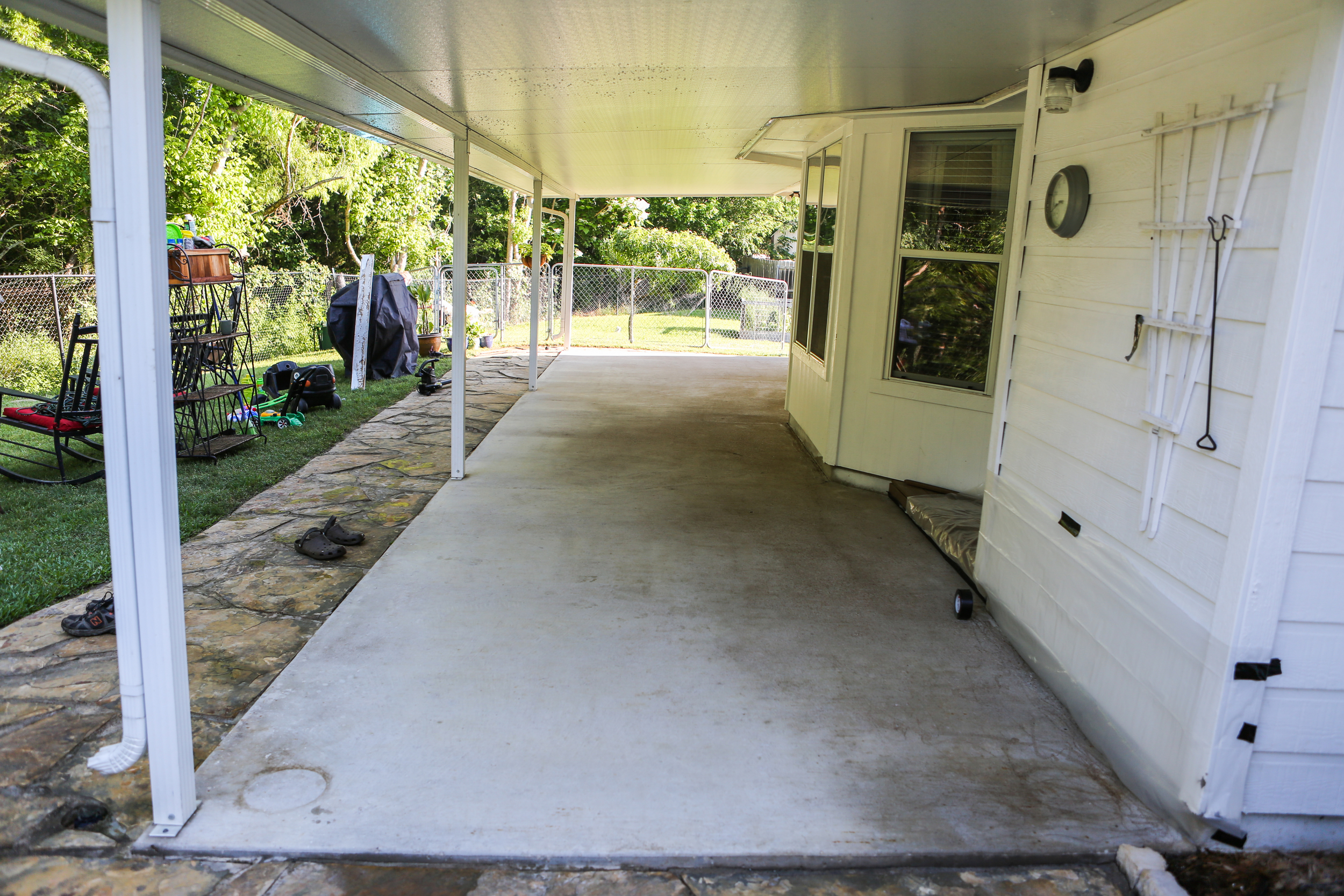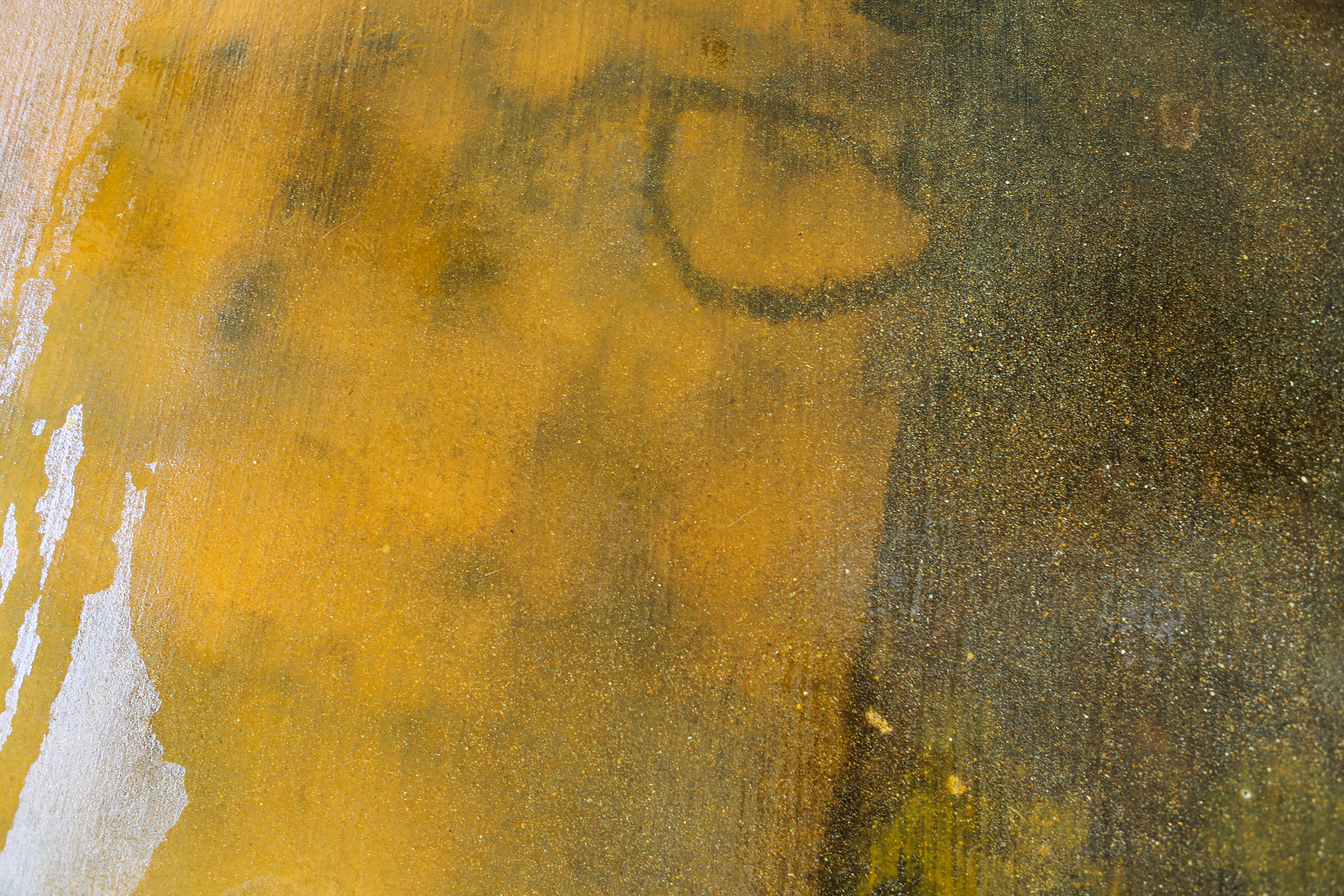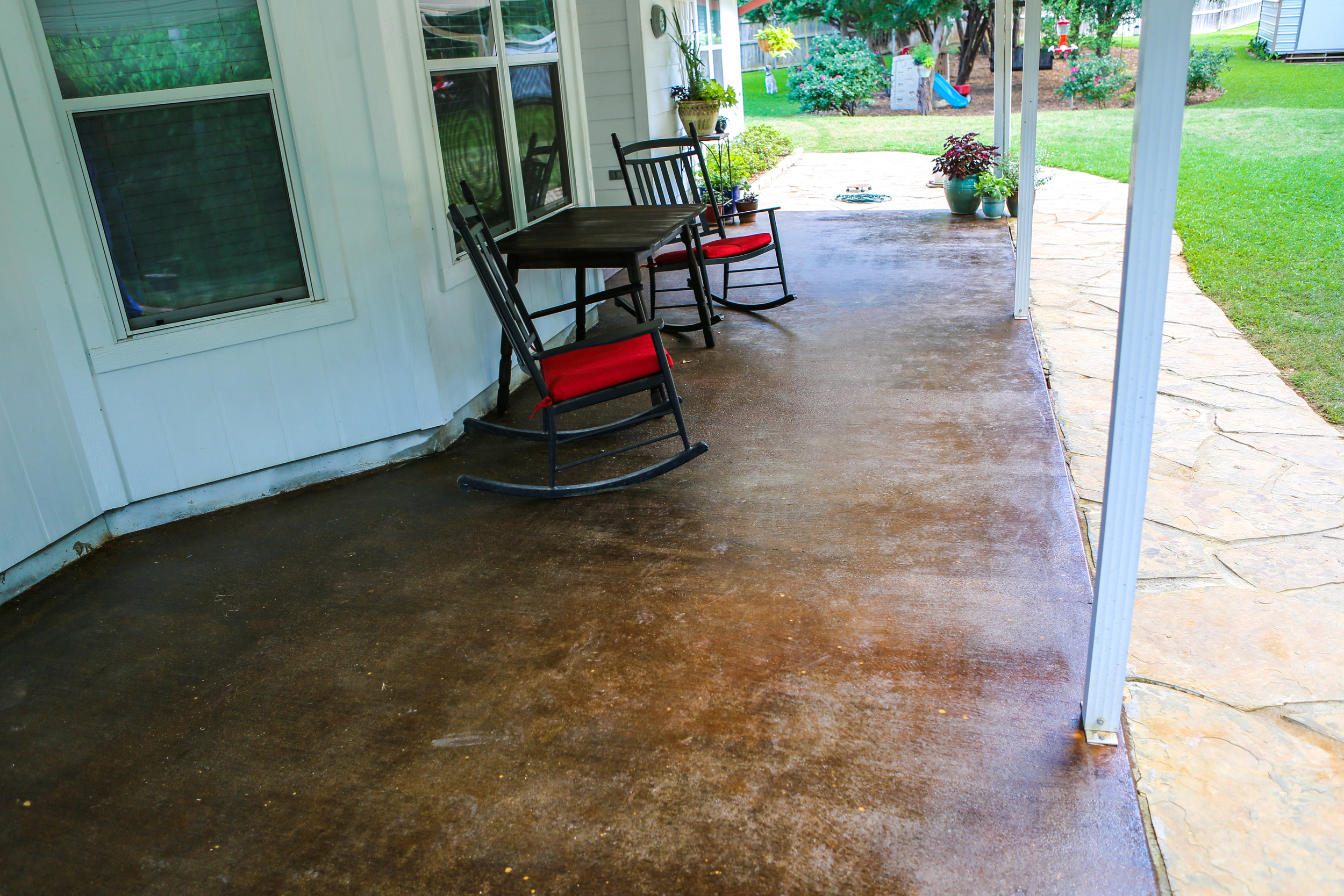I have recently started reading more at night after the boys go to bed and found myself sitting at the desk in Lauren's little art nook. However, that big beautiful desk is where Lauren needs to work her art magic so I was politely given an eviction notice. This provided me the perfect opportunity to build myself a desk for Father's Day!
After looking around I decided to go for the raw/industrial design and used a couple of websites to guide me along the way. The great thing about using the black steel pipe and building your own top is that everything is fully customizable. Keep that in mind because these plans can easily be modified to make a bigger desk, small dining table, or a coffee table.
My shopping list (gathered from both Home Depot and Lowes)
All of the pipe was 3/4" black steel pipe: 1 - 36in, 6 - 12in, 4 - 8in, 4 - 4in, 2 - 5in, 2 - 2in, 4 end caps, 6 Ts, 6 couplers and 4 flanges.
The top was made from rough cut western red cedar: 2 - 8ft 2X8s and 2 - 12ft 2X2s.
The 2X8s were cut down to 48in pieces and only 3 were used for the top. The extra 48in piece actually could have been ripped down to a couple 2x2s and you would only have to buy one 12ft 2X2, but they were only $6 and I don't have a table saw, so I just saved the extra piece.
I evened up the 2X8s, clamped them together and screwed them in place on the bottom with a couple scrap 1X2s.
I ended up using a Kreg Jig to make pocket holes to attach the 2X2s. In hindsight I either should have made my pocket holes before attaching the 1X2s or put them closer to the center because I was difficult to make a few of the pocket holes with them in place.
I am still leery when it comes to making anything that comes together at a 45 degree angle, but Lauren and I agreed that the trim would look the best that way. They always say measure twice and cut once, but I took a little different approach. After measuring each piece I would cut it a little long and shave off little bits at a time until it was just right. I did both the shorter pieces first and the longer ones second. I wanted to get as little of a gap at each joint as possible. These pieces were attached with pocket holes.
Side note: the Kreg Jig is probably my most valuable tool in my garage. I use it on so many projects and nothing does the job quite like it does. I would recommend adding it your tool collection.
For finishing the top I experimented with a couple of things (unintentionally) and figured out what I think works best, so I will share that with you. Before doing any detailed work I had to use a belt sander since I was using rough cut lumber. I didn't spend too much time getting it really smooth because I knew I had a couple more rounds of sanding ahead of me.
I did have a few knots, chips and gaps that I wanted filled before putting on my polyurethane coats. I read a couple blogs and watch about using a clear epoxy to fill knots, etc so I decided to give that a shot. I bought Gorilla Glue clear epoxy, taped off a couple of areas and filled them in. It was easy to use and the packaging says "Sets in 5 minutes". Although since you have to sand these spots down, I read that is is recommended to let it cure for 24 hours at 75 Fahrenheit. Well I am inpatient and ended up waiting only about 12 hours, so these areas did not set all the way and they gummed up when I tried sanding them. I ended up using wood filler on all the other gaps and holes. I didn't feel like running the HD for the 4th time so I just used up the last of a light wood filler that was on my shelf, but I wish I had bought a darker filler. I didn't stain the top so the filler stayed light tan after the polyurethane was applied. See pictures below.
After all the wood filler set up, I went back and sanded everything really well. I used a belt sander then hand sanded with coarse and fine sand paper. During the polyurethane application I started out using those cheap foam brushes, but I thought these left a lot of bubbles. So on the 3rd and 4th coats I just wiped it on with a cloth. Make sure to lightly sand between each application.
Final desk top dimensions were 26.5 X 51.5 inches.
Now that the desk top was formed I put together all my pipes. I knew that I would be happy with the leg height, but I wanted to be sure that length and width of the base was appropriate. Fortunately I had taken up a whole aisle in Home Depot laying everything out before hand, so I didn't need to make any modifications. Both Lowes and Home Depot have pretty much every length from 2 to 12 inches, so it would be really easy to adjust the length, width or height to custom fit your needs. Actually the original design I was using had a single 18in for the legs above the "T" and like a 6in below the tee. However neither Lowes or HD had enough 18in pipes so I just improvised with what was available to get the height I wanted (details are provided below).
Legs from top to bottom: Flange, 12in, coupler, 8in, T, 4 in and end cap = 27.5 inches.
Side supports from front to back: T, 12 in, T, 5in and T = 21.5 inches.
Middle support: T, 2in, coupler, 36in, coupler, 2in and T = 44 inches.
I tightened everything by hand as tight as I could. Then once everything was together I used some channel locks to tighten the legs at different sections so they would be equal height. Finally when the table top was attached I used the channel locks on the end caps to get everything level.
Total cost was about $150. I think that I got a lot better desk compared with what that same amount of money would buy at most stores.
In summary I thought this was a really easy project with the right tools... a miter saw and Kreg Jig helped a lot. Again this would be really easy to customize to your own wants and needs. If you plan on making a dining table or coffee table I would recommend making your long bottom support centered between the two legs (rather than offset to the back like mine is). Also I really do think that a darker wood filler would have looked a lot better for this project. A live edge slab would look really cool if you have the resources to make one or the funds to buy it!
If you have any questions feel free to comment! Make sure to check out some of my other "How To's" and Lauren's Art by clicking the pictures below.
















